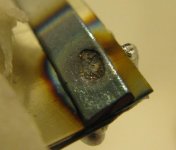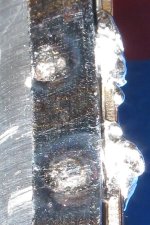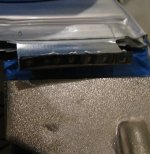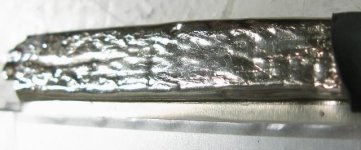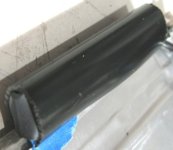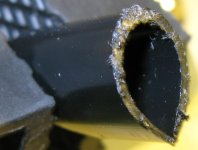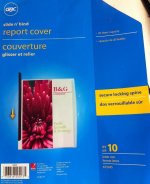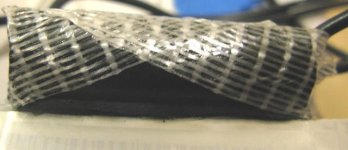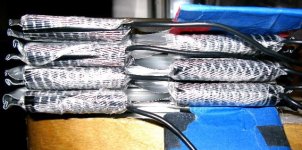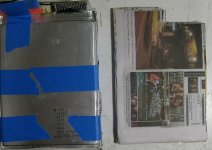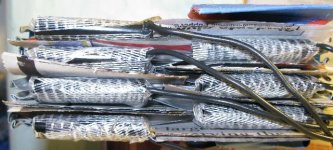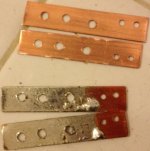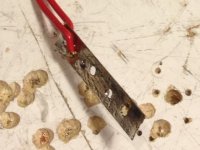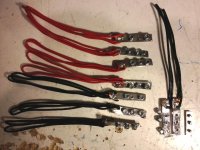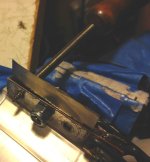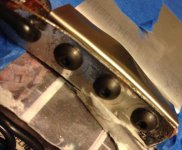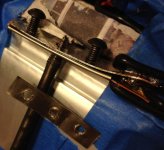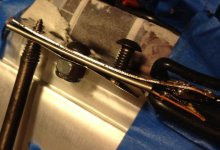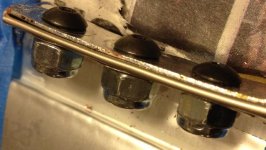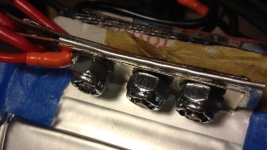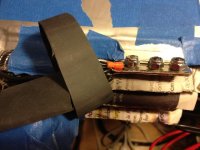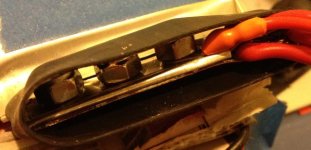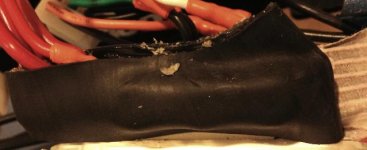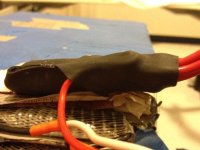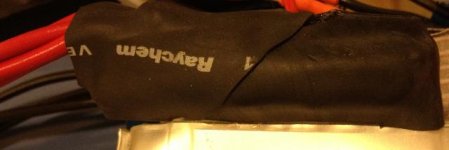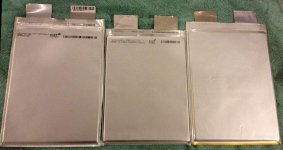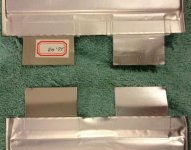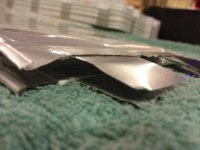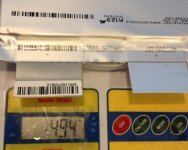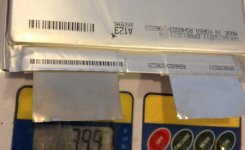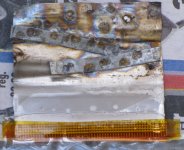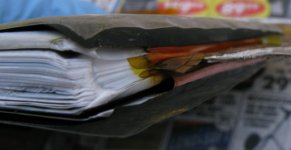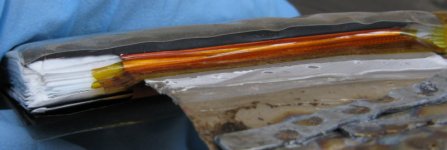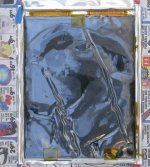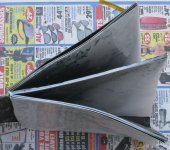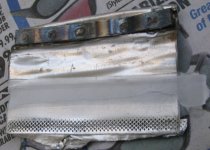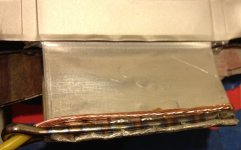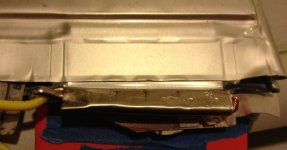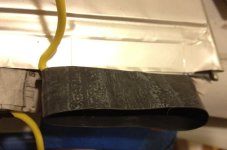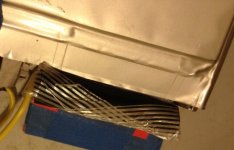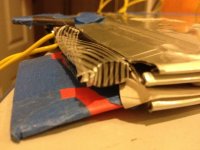oatnet
1 MW
I've built a few packs from the prisimatic a123 cells by folding the tabs together 3 times around a balance wire, crimping it flat, and sealing it with a dab of solder at the end.
With most mechanical joins, the contact area is only on the side where the tabs overlap, and if the fastener holding the tabs together comes loose, the tabs separate/arc. With my technique, BOTH sides of each tab become contact areas, and it takes a great deal of force to unroll the folds. The folds are further secured by a layer of heat-shrink (that oozes adhesive all around the join), a plastic clip, and a layer of fiber tape. I got some skeptical opinions at the time, but I've pulled 100 amps through this termination without any sign of heating. However, I also recognize that at some point, despite being sealed in the amber of heatshrink adhesive, the tabs could oxidize, and add resistance, so bonding the metal is also desireable.
I saw some footage of an a123 factory, which shows them laser-welding the pouches, and it stuck in my brain. I don't have a laser welder, and while I could probably tig-weld the tabs together, they would get very hot which would trash the cells. Spot-welding is out, because the battery tabs are thin and made of low resistance metal that won't heat up when the welder's current goes through them.
Then I had the idea to put a thin strip of steel on either side of the weld, making a sandwich with thin steel strips on the outside, and the battery tabs on the inside. When I zapped the sandwich with the spot welder, the steel on either side had enough resistance to get hot, which melted the battery tabs, and welded them together.
I use 3 vice-grips to hold the sandwich together, exposing only the section of steel strip I am about to weld. The vice-grips help dissipate the heat, and I have a wet paper towel resting on top of the tabs. I hear water sizzle when the weld happens, but by the time I shake off a glove and grab the tab it is ice-cold again, so I don't think the cells are getting heat at all.
This is Harbor Freights $160 "115v spot-welder" I could have purchased the same product on ebay for $35 less, but I wanted to be able to return it. Anyhow, on to the pics...

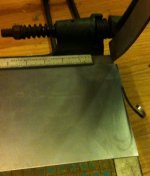

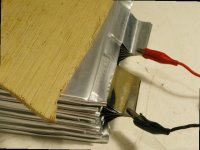
With most mechanical joins, the contact area is only on the side where the tabs overlap, and if the fastener holding the tabs together comes loose, the tabs separate/arc. With my technique, BOTH sides of each tab become contact areas, and it takes a great deal of force to unroll the folds. The folds are further secured by a layer of heat-shrink (that oozes adhesive all around the join), a plastic clip, and a layer of fiber tape. I got some skeptical opinions at the time, but I've pulled 100 amps through this termination without any sign of heating. However, I also recognize that at some point, despite being sealed in the amber of heatshrink adhesive, the tabs could oxidize, and add resistance, so bonding the metal is also desireable.
I saw some footage of an a123 factory, which shows them laser-welding the pouches, and it stuck in my brain. I don't have a laser welder, and while I could probably tig-weld the tabs together, they would get very hot which would trash the cells. Spot-welding is out, because the battery tabs are thin and made of low resistance metal that won't heat up when the welder's current goes through them.
Then I had the idea to put a thin strip of steel on either side of the weld, making a sandwich with thin steel strips on the outside, and the battery tabs on the inside. When I zapped the sandwich with the spot welder, the steel on either side had enough resistance to get hot, which melted the battery tabs, and welded them together.
I use 3 vice-grips to hold the sandwich together, exposing only the section of steel strip I am about to weld. The vice-grips help dissipate the heat, and I have a wet paper towel resting on top of the tabs. I hear water sizzle when the weld happens, but by the time I shake off a glove and grab the tab it is ice-cold again, so I don't think the cells are getting heat at all.
This is Harbor Freights $160 "115v spot-welder" I could have purchased the same product on ebay for $35 less, but I wanted to be able to return it. Anyhow, on to the pics...






